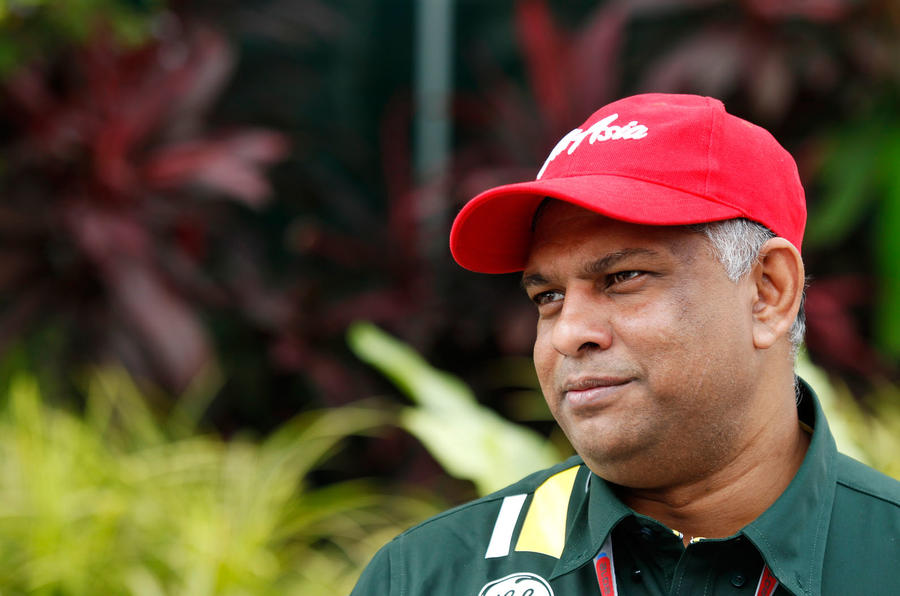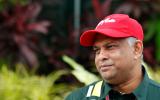It turns out that Tony Fernandes, co-chairman of the Caterham Group, once shared a London postcode with former PM the late Mrs Thatcher.
It seems, too, that she wasn't a supporter of Caterham's staunch commitment to the cause of lightweight sports cars.
He recalls catching the Iron Lady’s eye one day while he was making an exuberant departure in a Caterham Seven. “I saw her looking in my direction as if to say, ‘Who’s the lunatic in that car?’” recalls Fernandes with a grin. “You don’t see too many Caterhams flying around Belgravia.”
It sounds as if the lady wasn’t for handbrake turning. However, the enterprising Mrs T would surely have admired Fernandes’ ambitious growth plans for the sports car manufacturer.
It has been two and a half years since Fernandes and business partner Kamarudin Meranun bought the company from venture capitalist Corven. At the time, the Malaysian was embroiled in a dispute with Group Lotus owner Proton over the use of the Lotus name for his Formula 1 team.
While that was going on, the opportunity to buy Caterham Cars arose in what Fernandes describes as “a happy accident”. Not only could his F1 team be rebranded with a fresh identity that put the Lotus confusion to bed, but he could also own a car company faithful to Colin Chapman’s engineering philosophies, which is something close to his heart. As he dug deeper, Fernandes could see untapped potential in the British engineering talent at Caterham’s Dartford premises.
“Caterham is the people,” says Fernandes. “They live, eat and breathe the brand. There’s nothing I can teach them; all I can do is give them a direction. We didn’t plough in like a bull in a china shop. We didn’t go to motor shows and say we were going to come out with 10 new models. We found our feet.”
As the new owners bedded in, the group grew. Caterham Technology and Innovation (CTI), headed by Mike Gascoyne, was set up in Hingham, Norfolk, to focus on future model development and external engineering projects. An advanced composites division in Germany was acquired.
There was upheaval last year when Caterham Cars’ top management, Ansar Ali and Mark Edwards, departed. Long-time lieutenants such as chief financial officer Graham Macdonald (now chief executive) and David Ridley (commercial director) stepped up. With the structure in place, attention has turned to the future, with the AeroSeven concept as its focal point.
The car presages a three-pronged strategy. The first element is that the Seven will remain largely unmolested. “We will never alienate the purists,” says Fernandes. “We would be foolish to move away from our DNA. I think we can keep the Seven for another 50 years.”












































Join the debate
Add your comment
The execution matters!
The difference between Cayenne and Cygnet was that buyers actually considered and still do consider Cayenne worthy of the Porche name, while I doubt many thought Cygnet a worthy Aston Martin.
Good luck Tony!
I see that 2 out of the first 3 comments are just sniping from the sidelines. Would you want people like that working for you?
Fernandes should transfer Harry...
...from managing QPR to head up Caterham.
Then if it doesn't work out, he and Harry can go to the press and blame all the employees.